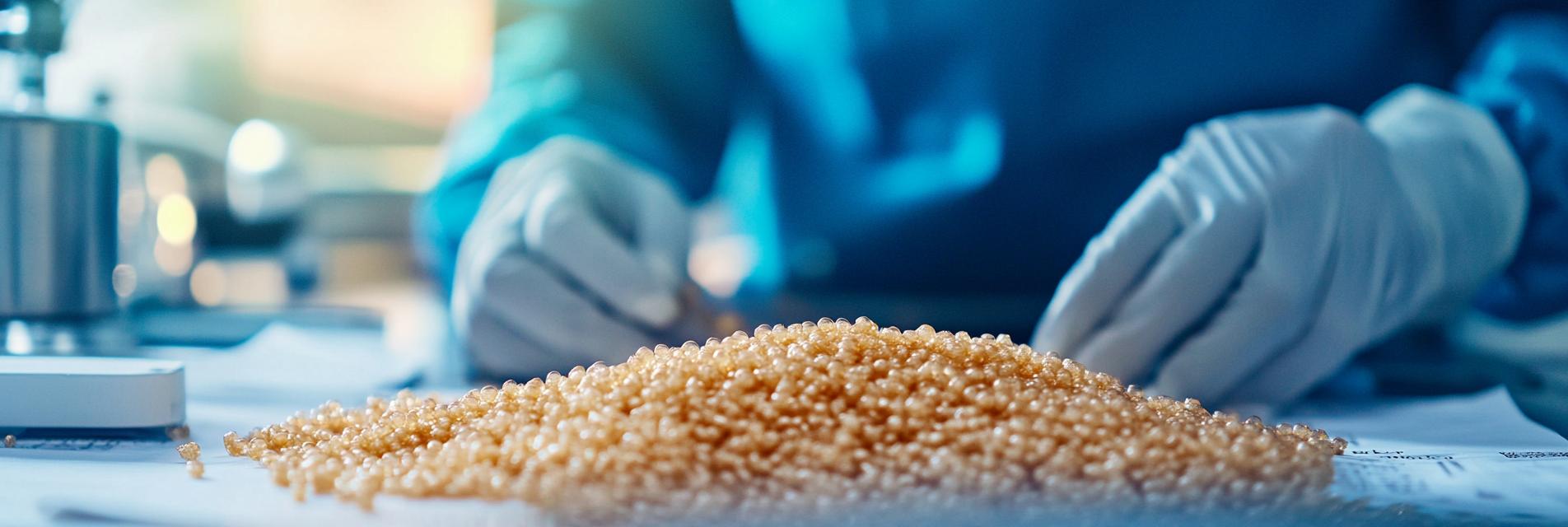Polyacrylamide is widely utilized in various industries in the United States, including water treatment, agriculture, and mining. Understanding its safety profile is crucial for public health and environmental protection.
This chemical plays a significant role in enhancing sedimentation, filtration, and soil stabilization. Its effectiveness makes it a popular choice despite the need for careful handling and usage.
While Polyacrylamide is generally considered safe when used according to guidelines, it can pose risks if improperly managed. Concerns include potential exposure to harmful products during degradation.
The U.S. Environmental Protection Agency (EPA) regulates Polyacrylamide under the Toxic Substances Control Act, ensuring that its applications minimize environmental impact and protect public health.
In conclusion, the safety of Polyacrylamide in the U.S. is assured through stringent regulations and safety protocols. As a responsible user, adherence to these standards is imperative for ensuring its safe application.

